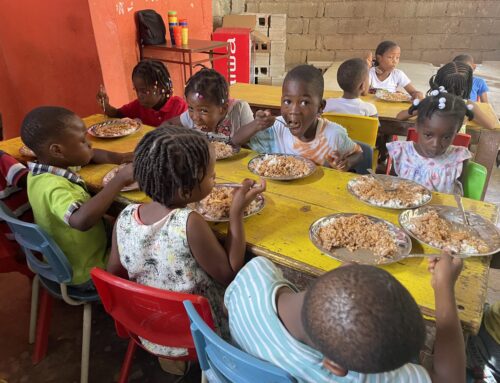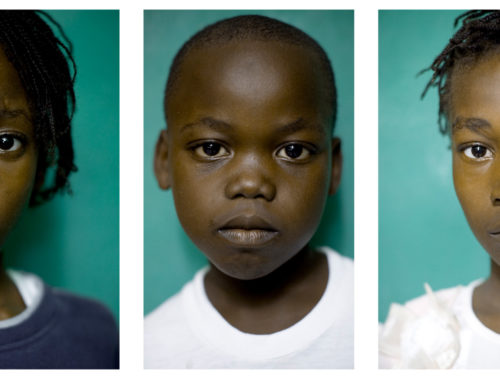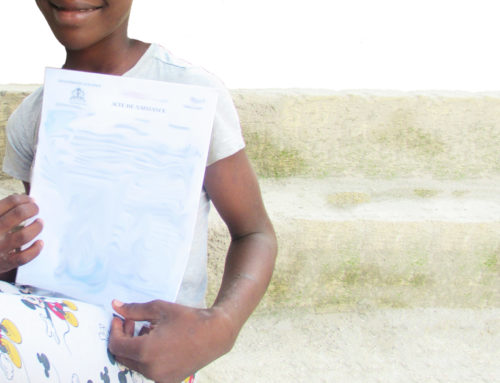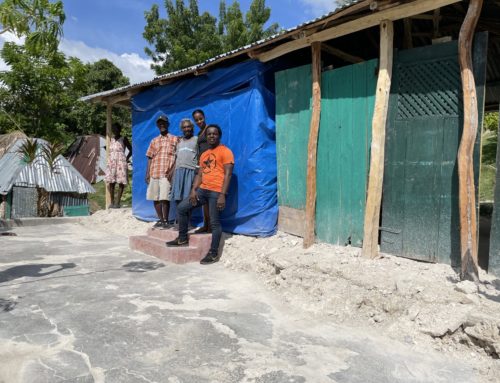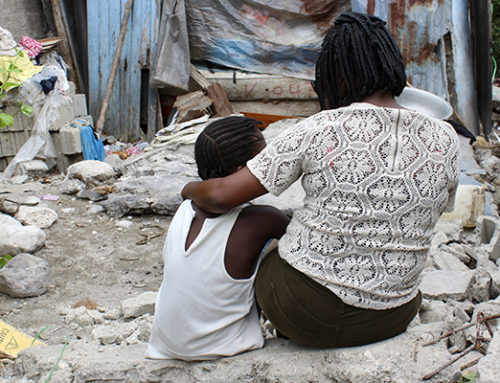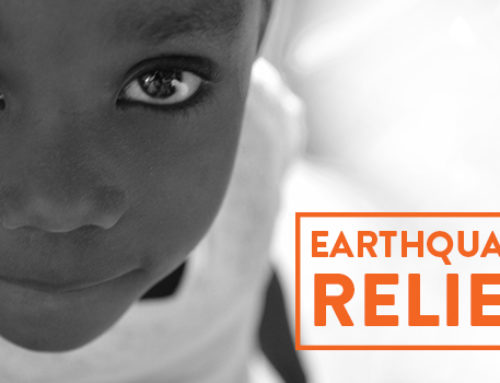What do people grow in their gardens? What do they use it for?

Haiti is the fourth most food impoverished country in the world, which means that increasing food production is essential to the survival of the Haitian people. Many who live in the rural areas of Haiti sustain their families through small farms with minimal crops and few, if any, livestock.
Soil quality is an issue in Haiti, as deforestation has wiped away all but 2% of vegetation and forest cover. This means that when hurricanes and heavy rains come, the valuable topsoil is washed away, reducing minerals and making gardening and farming even more challenging.
Charities are working to increase the prevalence of small gardens in Haiti including rooftop, mountainside and urban gardens to encourage food independence. These nonprofits are helping the Haitian people learn how to grow small and smart as well as how to compost waste to enhance soil quality.
Read on to learn more about the top crops growing in the gardens of Haiti and how they are used in Haiti’s most popular recipes.
Carrots
Carrots are a strong and nutritive crop found across Haiti, popular in the side dish picklese. Picklese is a spicy slaw that consists of carrots, cabbage, vinegar, scotch bonnet peppers, and spices.
Tomatoes
Tomatoes are a fantastic warm weather crop, well suited to the Haitian garden. Many popular Haitian dishes use tomatoes, such as riz collé aux pois (or diri kole ak pwa) which is a bean and rice dish, glazed with sauce and topped with snapper, tomatoes, and onions.
Spinach
The vitamins and minerals in leafy greens are essential for healthy growth and nutrition across Haiti and worldwide. Spinach may be used in many applications but is often found in Légume Haïtien, a thick veggie stew often containing cabbage, eggplant, tomato, and beef or crab if available.
Onions
As with many cuisines, onions are a seasoning staple in Haiti. They are used in everything from rice-based sides to hearty and nourishing soups. They grow well in urban gardens and also sell well at market to support Haitian families.
Cabbage
K-K cross and Copenhagen cabbage seeds grow well in Haiti, producing large, nutritious heads of cabbage, useful in staple dishes and stews.
Beets
Beets are a popular ingredient in Haitian sides and can often be found in a potato salad called Salade de Betteraves. Beets are rich in dietary fiber, magnesium, phosphorus, vitamin C, iron, and vitamin B6, and are a traditional side dish for Easter Sunday.
Yams & Sweet Potatoes
Yams and sweet potatoes are a starchy staple in the Haitian diet – they are rich in Vitamin A and also sell well at market. Pen Patat, a traditional Haitian dessert, is a sticky pudding that calls for white sweet potatoes called batata, as well as cinnamon, coconut milk, bananas and brown sugar.
Restavek Freedom believes in supporting the Haitian people from the ground up, which means we seek to understand the culture in order to end slavery on a systemic level. Our Port-au-Prince based team includes a child advocate program which supports children already in the restavek slavery system and those in danger of entering restavek. We check on these children to ensure they know they are loved in addition to being well cared for and properly nourished. If you want to partner with us to end child slavery and support children in need, check out our child sponsorship program.


